The History of Chinese Porcelain

The ancient history of any country can often be read in the antique pottery shards unearthed by eager archaeologists and deciphered by anthropologists. With the early invention of durable porcelain, China has a robust pottery-powered story right down through the centuries of its dynamic history.
There is some disagreement about exactly when porcelain was first made in China, but the earliest piece of the smooth and impervious pottery made with kaolin clay, sometimes referred to as "primitive porcelain", was found to have come from the Shang Dynasty (about 1600 - 1046 BCE). However, clear evidence shows that there was porcelain pottery being made during the Eastern Han Dynasty (25 - 220 CE).
In the early stages, when the effect of high temperatures on pottery was discovered, this was merely useful to the common people as it produced wares that were impervious to water, unlike the standard earthenware. Soon kilns were constructed, and an industry developed. During the Han Dynasty, the Yue kiln of Shangyu in Zhejiang, south of the Yangtse River, was producing what is known as 'celadon' ware, a greenish colored porcelain. Pieces of this early porcelain have been found, now 2,000 years old but still translucent with bright colors. In Zhejiang, beautiful glossy black porcelain was being created in the De kiln.
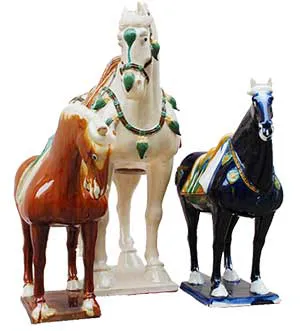 Tang Sancai
Tang Sancai
Porcelain production continued apace during the 3 Kingdoms Period and the Jin and Sui Dynasties (221 - 618 CE). At Shangyu more celadon porcelain was produced, while more translucent varieties were being created in Henan and Hebei provinces.
By the time of the Tang Dynasty (618 - 907 CE) new techniques were being investigated. With the increasing popularity of tea drinking bringing a heightened demand for more delicate wares, and the ever increasing popularity of exports via the 'Silk Road' and 'Tea Horse Road' (or Southern Silk Road), porcelain production continued to improve and increase.
In Lin cheng, Nei qiu and Xing tai, in northern Hebei, a hard, white porcelain, called Xing porcelain, gained fame and became the standard Tang porcelain. The jade green celadon was still being produced in Zhejiang. At this time the 3-color 'Tang Sancai' porcelain also gained popularity. With the predominant colors brown, green, and an off-white, it originated in Henan and Hebei provinces and was used principally for decorative pieces and burial ware. During the Tang Dynasty, porcelain vessels got really popular among Muslim folks, increasing demand for more exports.
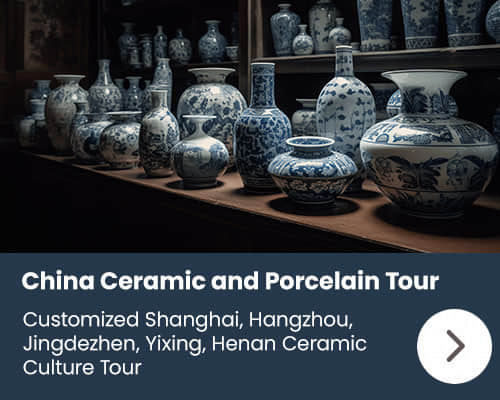
During the Song Dynasty (960 - 1279 CE), in 1004 CE, the Emperor Zhenzong selected Jingdezhen for imperial porcelain production. It remained so for the next 900 years, until the end of the Qing era. The area was hilly and well treed - providing plenty of timber to fuel the kilns - and with rich deposits of the requisite clay, known as 'kaolin'. The word kaolin, in Chinese, means 'tall hill', because the clay was mined from a specific tall hill.
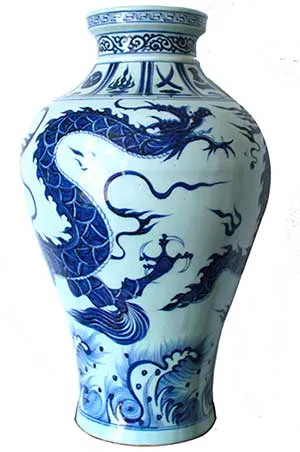 Blue and white porcelain
Blue and white porcelain
Initially the porcelain produced was simple, elegant styles, all white with a beautiful low iron body perfected to a bright finish with a glossy white glaze. At this time the celadon, greenish, porcelain was also being produced. Around this time (900 - 1300 CE) black porcelain was also being developed using a black iron oxide below a clear glaze. Experimentation began with adding cobalt (sourced from Iran) to produce the now well-known blue and white porcelain.
The Silk Road was closed, but Muslims were still managing to import the favored blue and white pieces by sea. Then the Mongols defeated the Song Dynasty, and created the Yuan Dynasty (1279 - 1368 CE). They reopened the Silk Road, and further refined the increasingly popular blue and white porcelain which was being mass produced and exported from Jingdezhen. The earliest temple vases recovered from this era, inscribed with the year 1351, indicate that the technique was well established at this time.
Production of the blue and white porcelain continued into the Ming Dynasty (1368 - 1664 CE) along with a technical innovation of adding manganese to prevent the cobalt bleeding during the firing of the pieces. Ming Dynasty blue and white porcelain from the Jingdezhen kiln were the pinnacle of beauty, and became increasingly important in the international trade market. However the Ming rulers preferred the Dehua porcelain of Fujian province for religious use, and made a law that idols and religious objects must be white porcelain. Dehua area produced a distinctive warm ivory-white porcelain due to trace elements of iron in the clay, and as Dehua was close to the port of Quanzhou, white porcelain soon became popular in Europe as well.
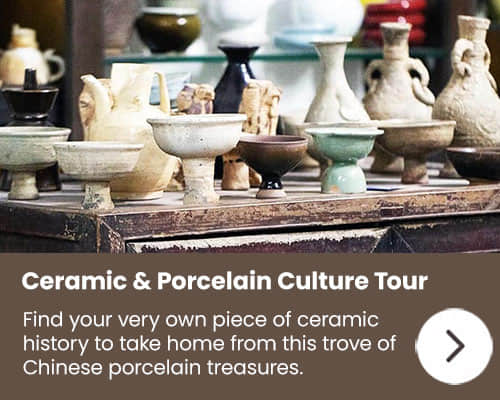
There is an interesting story that occurred in 1603. A Portuguese cargo ship, the Santa Catarina, bearing thousands of pieces of Ming porcelain was anchored off the coast of Singapore. A Dutch ship attacked it, causing the crew to flee, and the porcelain was taken to Europe where it was popular at auction as to cause considerable "porcelain mania". The porcelain fetched at a high price that it became known as "white gold" . Extensive legal proceedings followed to determine whether taking the cargo was an act of illegal piracy, or whether Portugal and Holland were in fact at war at the time.
During the final long dynasty, the Qing Dynasty (1664 - 1912 CE), the Manchu conquest temporarily disrupted porcelain production. Emperor Kangxi reorganized Jingdezhen, and rulers and other rich people all over the world would sent portraits, statue, designs, requesting that they be reproduced in porcelain. Enamel painted porcelain became mainstream, along with the elaborately painted porcelain for the Qing imperial court. The beautiful and popular 'famille-rose' porcelain was also a highlight of the porcelain created during the reign of Emperor Kangxi.
Since the 1600s, in order to reproduce Chinese porcelain, pieces that resembled the original were created in Europe, but they were very poor quality and known as "soft paste porcelain". Then in the 1700s people in the Western World finally figured out how to produce porcelain themselves. However, Chinese porcelain has remained highly prized for its exotic artwork, bright and beautiful colors, durability and usefulness, as well as for the reason that it is relatively cheap.
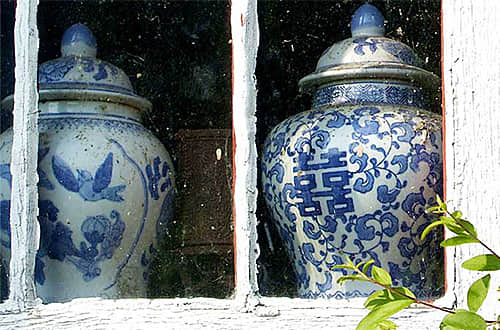 Chinese Porcelain
Chinese Porcelain 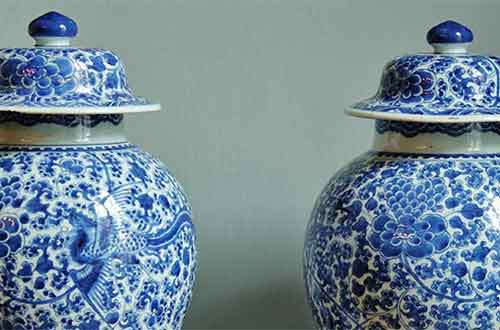 How Should I Look After Porcelain?
How Should I Look After Porcelain? 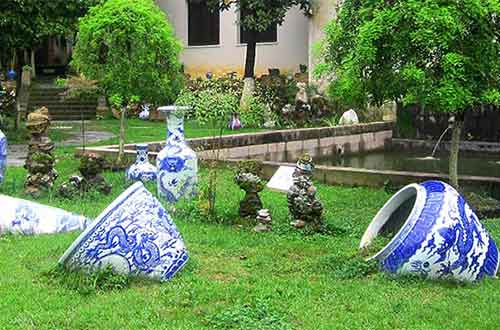 Where Can I Buy Good Porcelain?
Where Can I Buy Good Porcelain? 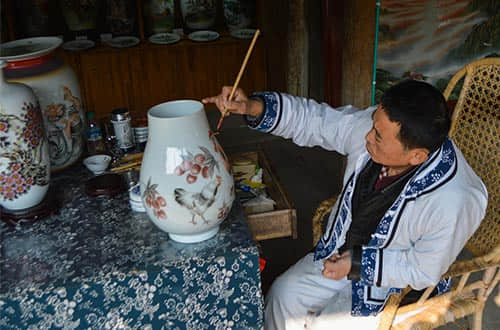 China Ceramics and Porcelain Tour
China Ceramics and Porcelain Tour